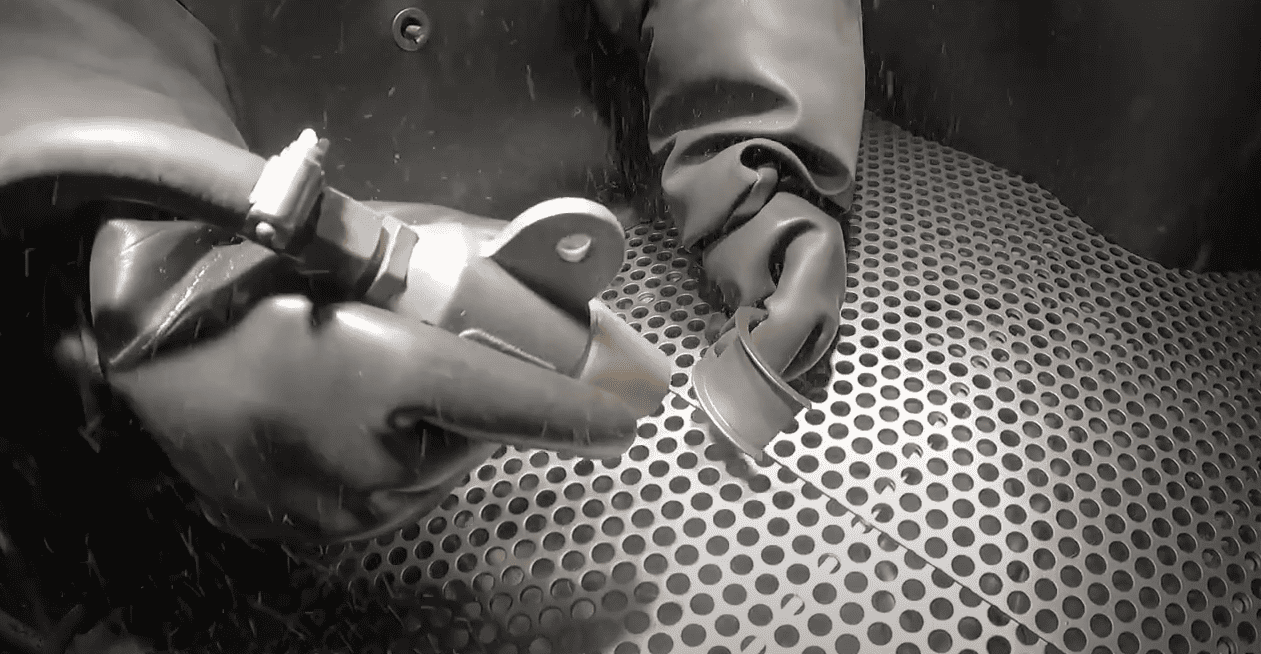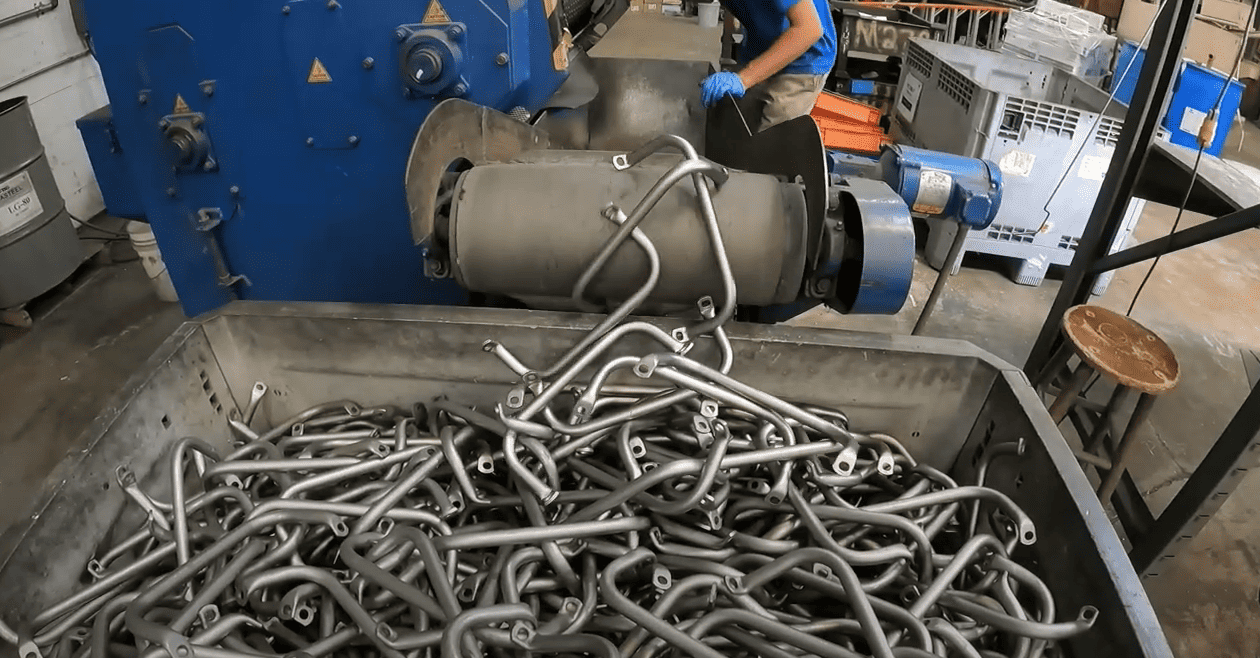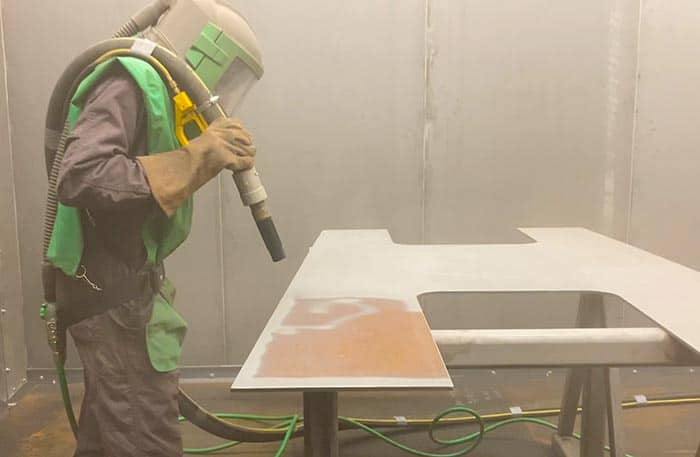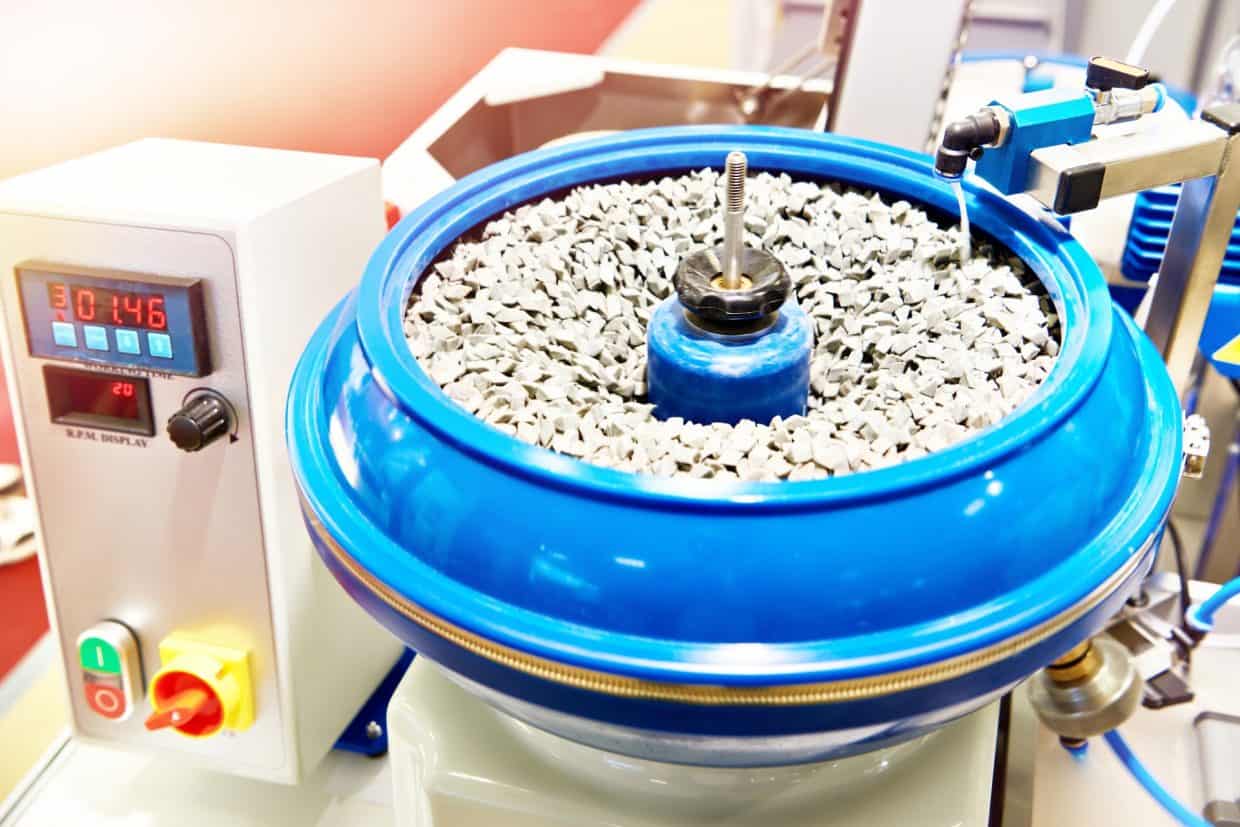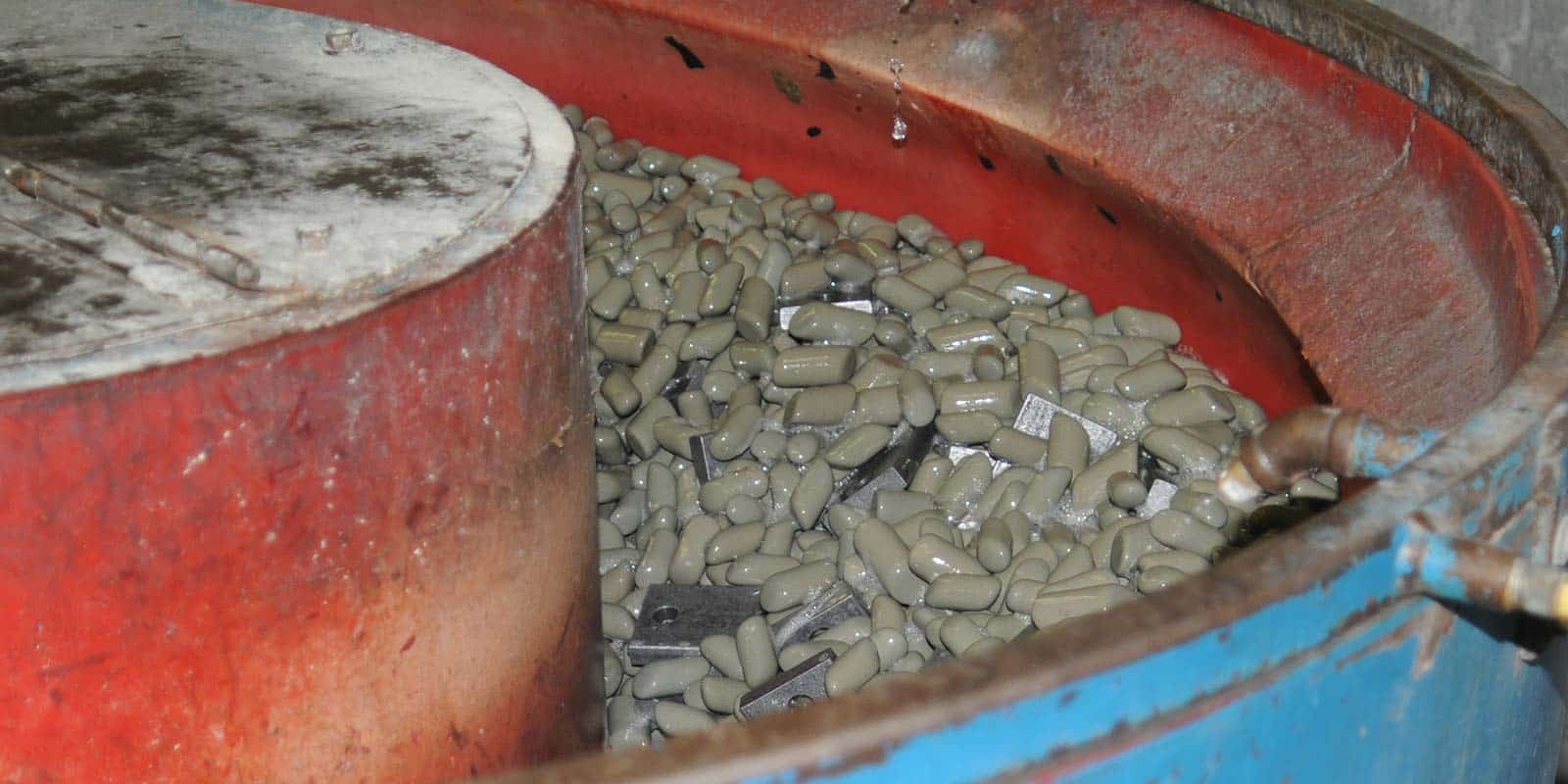Vibratory Finishing Process Done Right
Are you getting all of the benefits from your vibratory finishing process? When executed well, vibratory finishing reduces your labor and provides a clean, consistent finish on your components every time. In other words, after loading your components and media into the container, you should be able to walk away while the vibratory finisher does all of the work.
If you’re not getting great results from your current process, such as a less labor-intensive workload or a desirable end product, you’re not alone. Many of our customers ask us how to improve their vibratory finishing. Below are our top five recommendations for a better vibratory finishing process. Please note that these recommendations are in no particular order, as each one is important.
Tip 1: Cut Cycle Times With Your Vibratory Finishing Process
Many people think that reducing cycle times requires switching to a new vibratory media and compound combination. While there’s truth to that, there’s a simpler method that the Rodeco team recommends you try first. Sometimes, a couple adjustments to the vibratory finisher equipment itself can reduce cycle times.
Adding weight segments to the top and bottom of your bowl or container can increase amplitude and feed. Vibratory finishers use an imbalance on the drive to cause vibration as the drive rotates. More imbalance creates more amplitude, which is the major component of the roll in the process channel. In vibratory bowl style units, lead angle is used to determine the aggressiveness the system is feeding horizontally. Adding weight segments to the bottom of the bowl increases its amplitude, while adding weights to the top produces the rolling effect.
Please note. For best and safest results when making weight additions, do the following:
- Disconnect power to the vibratory equipment
- Make only small additions to the machine at a time
To see this tip in action, watch our short explainer video: https://youtu.be/2roAH_7hWrI
Tip 2: Check Your Vibratory Bowl Motor Rotation
Have you seen a dramatic increase in your vibratory process cycle times? This can happen when you add a new piece of deburring equipment, perform equipment maintenance, or relocate equipment.
Check your motor rotation. The motor should rotate the opposite direction of the vibratory process. Typically, when a machine is wired incorrectly, you will see a break at the center of the media mass, and your parts and media will cascade both in the inner and outer portion of the channel.
If you are unable to turn off the equipment immediately to check the motor rotation, grab a handful of media and place it on top of the vibratory unit. 90% of the time when the motor rotation is correct, the media will move toward the center of the top weight cover plate.
To see this tip in action, watch our short explainer video: https://youtu.be/-Bmh3sTxjq0
Tip 3: Dry Your Parts Properly
In many situations, drying your parts can be just as important as achieving the desired finish. There is no single or “go to” piece of equipment for every application, as there are many factors to consider. Important questions to ask about your process include:
- Can your parts tumble on each other?
- Do they tend to stick together?
- Do they have cavities that can retain moisture?
Below are three drying processes we use 99% of the time for great results:
- Spin Dryers: Spin Dryers use centrifugal force by spinning parts in baskets to remove excess waters, oils, or rinses. At the same time, a fan below the basket creates a powerful suction that pulls air through the basket and parts for additional drying power. Please note that one con of spin dryers is that they need to be loaded in batches and can’t be used in a continuous process.
- Rotary Drum Dryer: In this process, parts are loaded into a rotating dryer drum. As the drum rotates, a series of flights pushes the parts through the drum. A heater and blower motor push hot air through the parts to offer additional drying power to the parts as they gently tumble through the drum. Please note that one con of rotary drums is that individual parts may require different cycle times depending on how much drying power they need.
- Cob Dryer: In cob drying, a vibratory bowl with a heating element utilizes corn cob to tumble parts until they are dry. The corn cob absorbs the moisture on parts and also provides a polished look. One con of cob dryers is the potential need to remove residual cob from your parts.
To see each of these drying processes in action, watch our short video: https://youtu.be/8wkJva7Lq5s
Tip 4: Defoam Your Vibratory Finishing Process
If your vibratory finishing process is creating foam, you’re not alone. Foaming is a common problem in a vibratory process, especially when using plastic vibratory media. To reduce or eliminate process foaming, try the following:
- Lower compound %
- Reduce water flow
If none of those help, check out our Rodeco D-10 Defoamer.
See our D-10 Defoamer in action: https://youtu.be/K0quSPpbvnU
Tip 5: Use Magnets to Make Unloading Faster
When it comes to reducing process times, magnets can make all the difference. The use of magnets can make the unload process quicker on the operator.
They work especially well with small, lightweight parts. As you’ll see in the video below, our magnet unload test cut the unload in half, as compared to a manual hand unload.
See our magnet test in action: https://youtu.be/FK8ENxftnXo
Customized Vibratory Finisher Parts and Guidance
Rodeco’s priority is for you to have an efficient, reliable vibratory finishing process. Not only can we fit you for the right piece of customized equipment, but we also provide end-to-end guidance.
From process development to engineering and setup, and from a basic vibe bowl to a sophisticated multi-machine, we provide you with vibratory equipment with an automated process and customized solutions.

